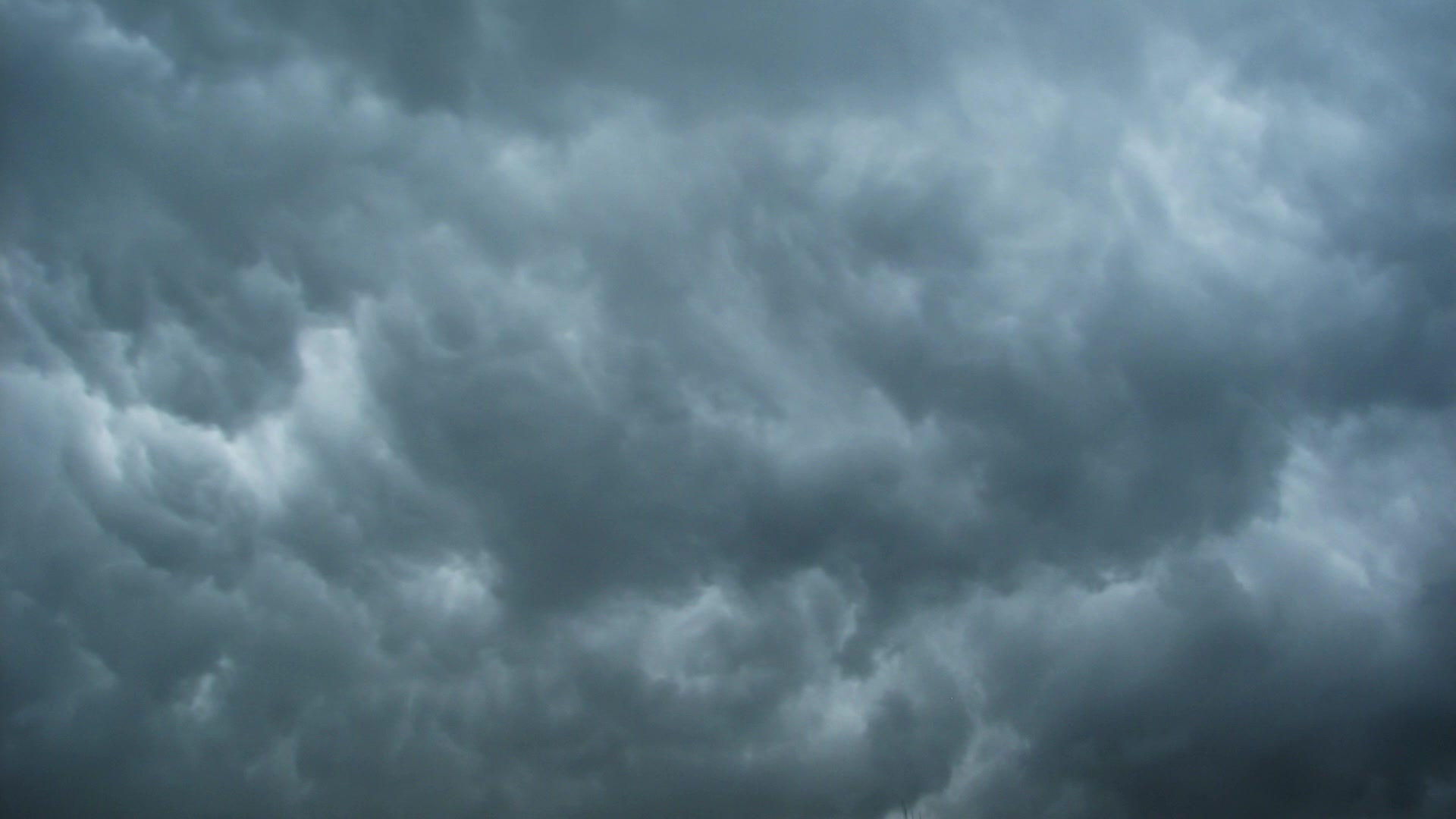
Welcome to Dr. Rao's Arena
Welcome to Process Modelling and Simulation module
The module presents a wide variety of concepts and techniques for developing process model and to simulate them at various operating conditions. Process simulation presents a model-based representation of chemical, physical, biological, and other technical processes and respective unit operations. Based on the prior knowledge of chemical and physical properties of pure components and mixtures, of reactions, and of mathematical models which, in combination, allow the calculation of a process in simulation software environment. This module also provides the knowledge of developing the process flow diagrams where unit operations are positioned and connected as per the feed and product streams. A thorough knowledge of development of models for a better representation of real processes is the core of this module.
Unit 1
Slides
-
Introduction
-
Process Engineering- Chemical Engineering
-
Process cum palnt engineerings
-
Chemical Engineers - Plant Operators
-
Process Engineering - Core process engineers
-
Process Engeers - Oppurtunities
Unit 3
Slides
-
Numerical methods for solving problems
-
NONLINEAR EQUATIONS
-
Quadratic Equations
-
Bisection Method
-
False-Position Method
-
Newton-Raphson Method
-
Secant Method
-

Unit 5
Slides
-
Mathematical modelling based on Energy Balancing
-
Energy Balancing
-
Case A: Continuous Heating in an Agitated Tank
-
Case B: Heating in a Filling Tank
-
Case C: Parallel Reaction in a Semi- Continuous Reactor with Large Temperature Changes
-
Momentum Balances
-
Yield, Conversion and Selectivity
Unit 2
Slides
-
Process Modelling Principles
-
Why do we need dynamic models
-
Why do we develop mathematical models?
-
Simulation of a process plant
-
Six step modelling procedure
-
Examples
Unit 4
Slides
-
Modelling Fundamentals
-
Principles of mathematical modelling
-
General Aspects of the Modelling Approach
-
Model development
-
Formulation of dynamic models
-
Balancing Procedures

Unit 6
Slides
-
Mathematical models of chemical engineering systems
-
Case a: CSTR with reaction
-
Case b: Series of isothermal, constant-holdup CSTRs
-
Case c: CSTR’s with variable holdups
-
Case d: Two heated tanks
-
Case e: Gas-phase, pressurized CSTR
-
Case f: Nonisothermal CSTR



